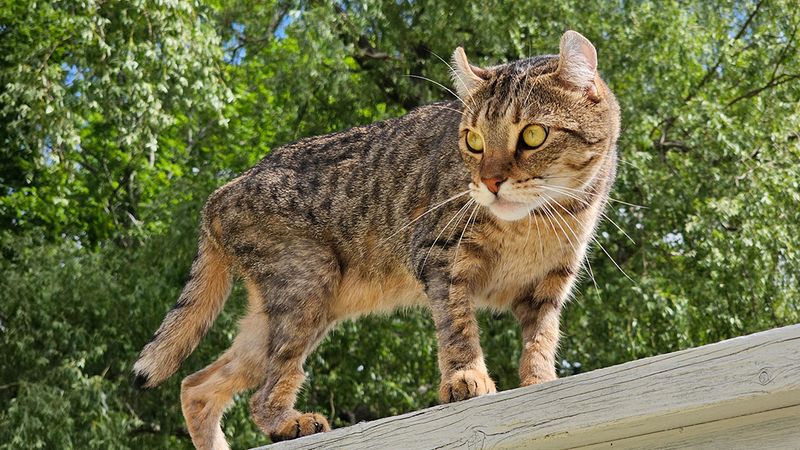Californian authorities are warning people to avoid the meat of wild pigs in Monterey County as something strange and deeply worrying is happening to them: their flesh and fat are turning blue. And this is not just a little blue, like a cold person, but bright, almost neon blue.
The rest of this article is behind a paywall. Please sign in or subscribe to access the full content.The phenomenon was first brought to the attention of the California Department of Fish and Wildlife (CDFW) in March this year, after a wildlife trapper reported multiple cases of the strange pigs. After investigating the situation, the CDFW’s Wildlife Health Lab and the California Animal Health and Food Safety Laboratory in Davis believe the animals have been exposed to a pesticide bait.
The substance in question, diphacinone, is a popular poison used by farmers and agricultural companies to kill rats and other rodents. Anyone who has seen it before will likely recognize the poison because of its characteristic blue color, which helps people identify it and therefore avoid touching it. However, animals are far less discerning when it comes to these human-made warning signs.
“Wildlife can be inadvertently exposed to rodenticides either by eating rodenticide bait or by eating other animals that have ingested rodenticides,” the CDFW explained in a statement.
People, the department warns, should be extremely cautious when harvesting the meat from game animals in the area and to be aware of the risks.
“Hunters should be aware that the meat of game animals, such as wild pig, deer, bear and geese, might be contaminated if that game animal has been exposed to rodenticides,” CDFW Pesticide Investigations Coordinator Dr Ryan Bourbour explained. “Rodenticide exposure can be a concern for non-target wildlife in areas where applications occur in close proximity to wildlife habitat.”
This is not the first time this type of contamination has been reported in the state. In 2018, a study found that 10 out of 120 (8.3 percent) wild pig samples taken from across California contained rodenticide residue. The research also found that 10 out of 12 bear samples (83 percent) had been contaminated by the poison.
This type of poison is known as an anticoagulant, and works by binding to enzymes that recycle vitamin K, which starts to impair the blood’s ability to clot. The effects are not instantaneous; death tends to occur several days after initial ingestion. During this time, the dying animal becomes more vulnerable to predators.
The CDFW is urging trappers to report any unusual findings, especially those that contain blue flesh. However, not all animals exposed to the poison will exhibit the blue color, so extra vigilance is needed in potentially risky locations. At the same time, the authority is encouraging farmers to take precautionary steps when using pesticides to help prevent non-target animals from consuming them.
“It is also important to use appropriate bait stations and application methods that exclude access to non-target species,” the CDFW explained. “Using an integrated pest management approach for rodent control may help reduce the opportunities for rodenticide exposure for non-target wildlife.”



